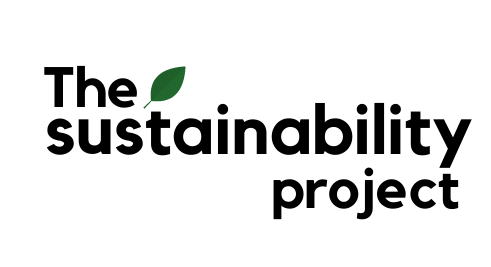Have you ever mulled over what to do with that old mobile phone you discovered when cleaning your room? Well, it definitely isn’t something that belongs in the trash bin or any regular recycling bins. This new category of “trash” can be called e-waste.
E-waste is typically any electrical and electronic equipment that has been discarded. These range from large items like washing machines, televisions, refrigerators, to smaller ones like mobile phones and computers.
Although many of us are unaware, just in Singapore, we generate about 60,000 tonnes of e-waste annually. What is even more shocking is that about half of this is generated by household consumers like you and me! In a year, that is almost equivalent to each person throwing away 73 mobile phones.
With the advancements of technology and our fast-paced environment, these figures are expected to keep increasing if we do not change the way we manage our e-waste.
Why do we need to manage e-waste?
The impacts of not getting rid of the growing amount of e-waste we produce are extremely severe. E-waste contains substantial hazardous substances and heavy metals, like lead and mercury.
These are potentially harmful to our environment and health. For instance, if these toxic materials seep into groundwater when they are disposed of in landfills, it could contaminate water sources.
In Singapore, about 50% of our e-waste is either thrown away or end up with scrap traders and rag-and-bone men. As these individuals often lack the expertise to fully recycle such e-waste, there is a high chance that chemical compounds may be discharged as a result of handling this e-waste poorly.
To worsen the situation, incinerated e-waste contributes to the carbon emissions and contaminate ash at the Semakau landfill.
Therefore, it is important for us consumers to recycle our e-waste properly at reputable e-waste recycling points as it ensures that harmful substances are not released into the environment.
How then should we deal with e-waste?
As an individual consumer of e-waste, we should look out for the numerous e-waste recycling programs offered in Singapore. Singapore is currently working with various organizations to improve the accessibility for individuals like us to recycle our e-waste.
All we have to do is simply drop off our e-waste at these recycling points and the organizations will handle the rest.
Some examples are:
- City Square Mall E-waste Recycling Programme
- Dell Recycling Programme
- E-waste Recycling @ North East
- StarHub’s RENEW (REcycling Nation’s Electronic Waste) Programme
- Singtel x SingPost E-Waste Recycling Programme
- M1 E-waste Drop-Off Point Programme
Although Singapore is currently working towards developing our e-waste recycling landscape, we should know that recycling is not the only way to deal with our e-waste. Ultimately, we should always adopt the zero waste hierarchy when dealing with any type of waste.
Similarly, for e-waste, practising the 5Rs – Refuse, Reduce, Reuse, Recycle and Rot – we can be more sustainable in our consumptions. So the next time you think about buying a new phone or laptop, think again!
How to rethink your electronic purchases?
Go through these steps to help yourself evaluate if your purchase is necessary:
1. Refuse
The first step you should take is to think wisely about your consumption you are about to make. Are they wants or needs? If they are mere wants, learn to say “No” to yourself! There are always other alternatives around.
2. Reduce
Once you have taken the first step of saying “No” to your wants, this can help you reduce your consumption of electronic products. In this case, cutting down your purchases of electronic products would reduce your dollar vote towards organizations continuously dishing out new products.
3. Reuse
Nonetheless, if you have evaluated that your purchase is a necessary one, there are always second-hand options available to consider. Just ask around. You never know if one of your pals has a spare phone that they are willing to sell to you! In the case where your electronic items are faulty or damaged, you can always try to get them repaired. This may be a cheaper option than purchasing a new item!
4. Recycle
At the end of the day, when we have exhausted all our options to salvage our electronics, we should be mindful of how we dispose of them. Instead of tossing them in the trash, remember to recycle them at the appropriate recycling points. Singapore has made these outlets easily available to everyone by listing them out. There are various organizations that take part in this e-waste recycling program to cater to the different types of e-waste produced. Do check them out here!
5. Rot
Unfortunately, e-waste is not compostable and discarding them inappropriately, it could be detrimental to us and the environment. So, we have to take extra effort in practising the above 4Rs.
E-waste is definitely a new type of waste that we have to learn more about and manage better given its prevalence in the world today. You can start today and do your part to boost the e-waste recycling rates!

